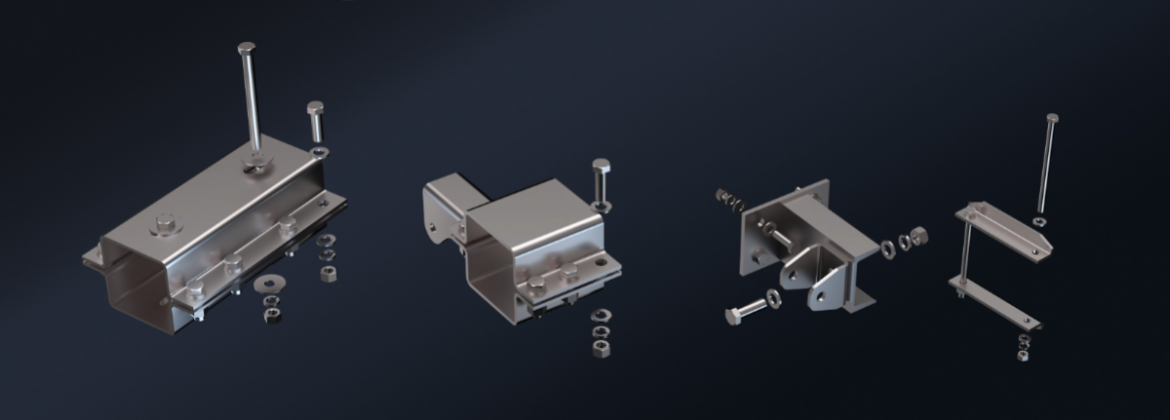As the demand for renewable energy sources continues to rise, solar panel tracking systems have emerged as a vital technology in maximizing solar energy generation. Solar panel tracking refers to the mechanism that allows solar panels to follow the sun’s path across the sky throughout the day. This technology enhances efficiency by ensuring that solar panels receive optimal sunlight exposure, significantly increasing energy production compared to stationary systems.
How Solar Panel Tracking Operates
Solar panel tracking systems utilize advanced sensors and motors to adjust the angle of solar panels in real time. There are primarily two types of solar panel tracking: single-axis and dual-axis. Single-axis trackers rotate on one axis, typically following the sun’s movement from east to west. Dual-axis trackers, on the other hand, can tilt both vertically and horizontally, allowing them to capture sunlight more effectively, especially during different seasons or times of the day. By optimizing the angle of solar panels, solar panel tracking maximizes energy absorption, leading to higher efficiency and reduced costs per watt.
The Importance of Solar Panel Tracking
Implementing solar panel tracking plays a crucial role in the overall effectiveness of solar energy systems. According to various studies, solar panel tracking can enhance energy output, depending on the locale and specific technology used. This increase is imperative for large-scale solar farms, where efficiency directly correlates with profitability. Additionally, solar panel tracking contributes to sustainability goals by providing cleaner energy alternatives, helping decrease reliance on fossil fuels.
In conclusion, understanding solar panel tracking is essential for those looking to harness solar energy effectively. Companies like Antaisolar are at the forefront of developing innovative solar tracking solutions, striving to enhance the performance of solar installations worldwide.
